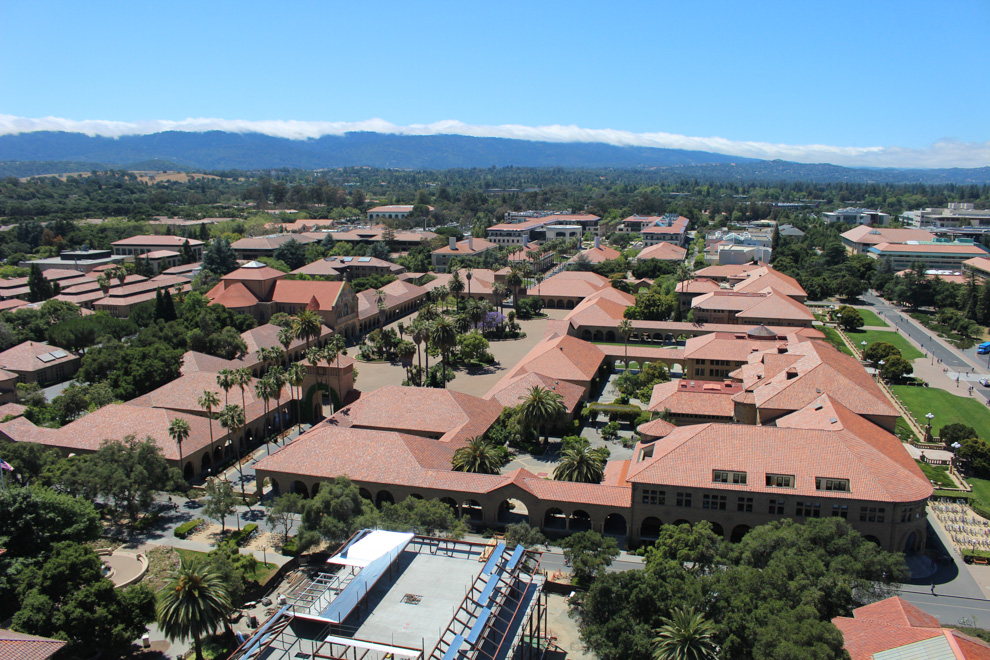
By Regan Pecjak
Stanford University is preparing to renegotiate its land use agreements with Santa Clara County.
The University’s land use is governed by two documents: a General Use Permit (GUP) and a Community Plan. The GUP has been in place since 2000.
Catherine Palter, associate vice president for land use, explained the permit was necessary for Stanford’s continued development.
“It’s a planning approval we need to have to build academic facilities on our campus lands,” Palter said.
The Community Plan addresses the University-owned land in unincorporated Santa Clara County and the responsibilities that come with developing the land.
It details alternative transportation strategies to help alleviate automobile congestion, as well as setting a growth boundary between urbanized campus lands and the foothills above campus.
The two documents allow the University a degree of autonomy in its land development, but also adheres to a framework developed with input from the community and agreed upon with the county.
The 2000 version allowed Stanford to build 3,018 housing units and student beds on campus split between faculty and staff, students and postdoctoral scholars and medical residents, as well as two million square feet of academic facilities.
However, the age of the University’s 2000 GUP has recently become apparent. In March 2015, Stanford asked the county to amend the permit to allow the remaining 581 units to be split among the groups based on what makes sense now rather than outdated forecasts.
Despite updating the plan to reflect new priorities, Palter believes that the new plan will remain similar to the 2000 version.
“The next one is a similar sort of framework,” Palter said.
She added that there will be roughly the same planning latitude “with conditions of approval attached to it, such as no net new trips and making sure that water consumption stays underneath a certain level.”
According to Palter, the University believes that the conditions of approval have been effective, and doesn’t expect substantial changes to them in the upcoming agreement. However, she emphasized that the conditions of the agreement would only be known after the county performs an environmental impact report on the submitted plan.
Under the terms of the GUP, the University produces an annual report on development. Additionally, Stanford seeks approval from the county for each new project.
Despite the latitude of the agreements, there are also multiple projects occurring off campus, such as the new Redwood City Campus and the University Terrace faculty housing.
The latter project was developed under the 2005 Mayfield agreement with the City of Palo Alto. Stanford built community sports fields in exchange for permission to demolish aging office buildings and redevelop the area.
The Redwood City campus is an entirely new development of over 1.5 million square feet that will house employees in departments such as Business Affairs, Libraries and some of the Continuing Studies Program’s classes.
Despite this expansion away from the core campus, Palter emphasized the University’s commitment to delivering the best possible campus for faculty and students.
“The Redwood City campus is really about making sure we focus the central campus – on the people that need to be on that campus, the faculty and students,” said Palter.
Contact Regan Pecjack at [email protected]




